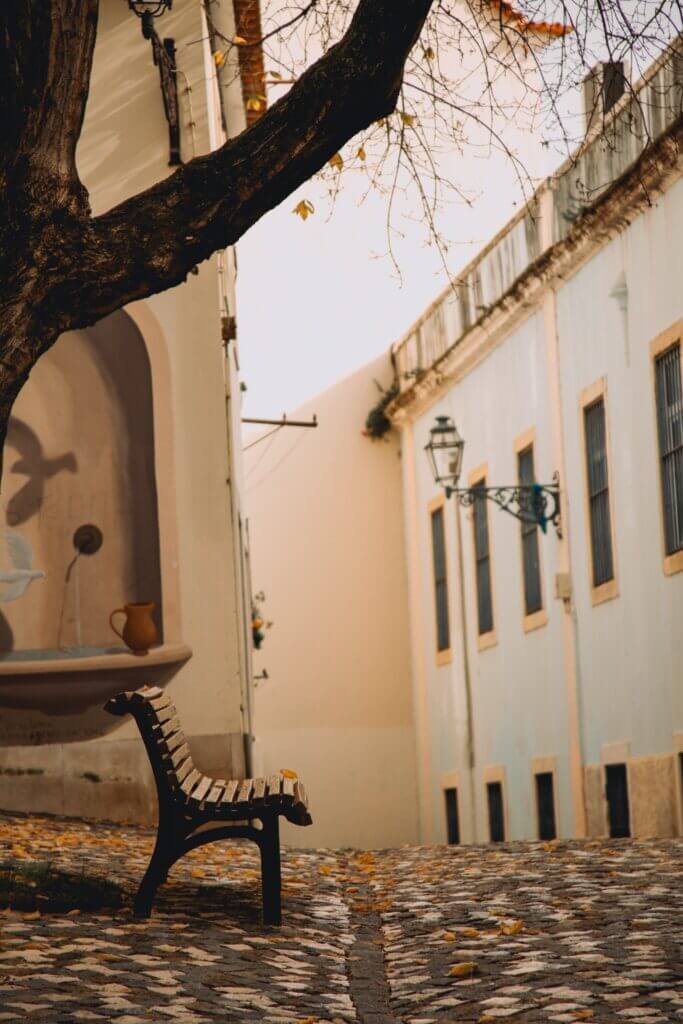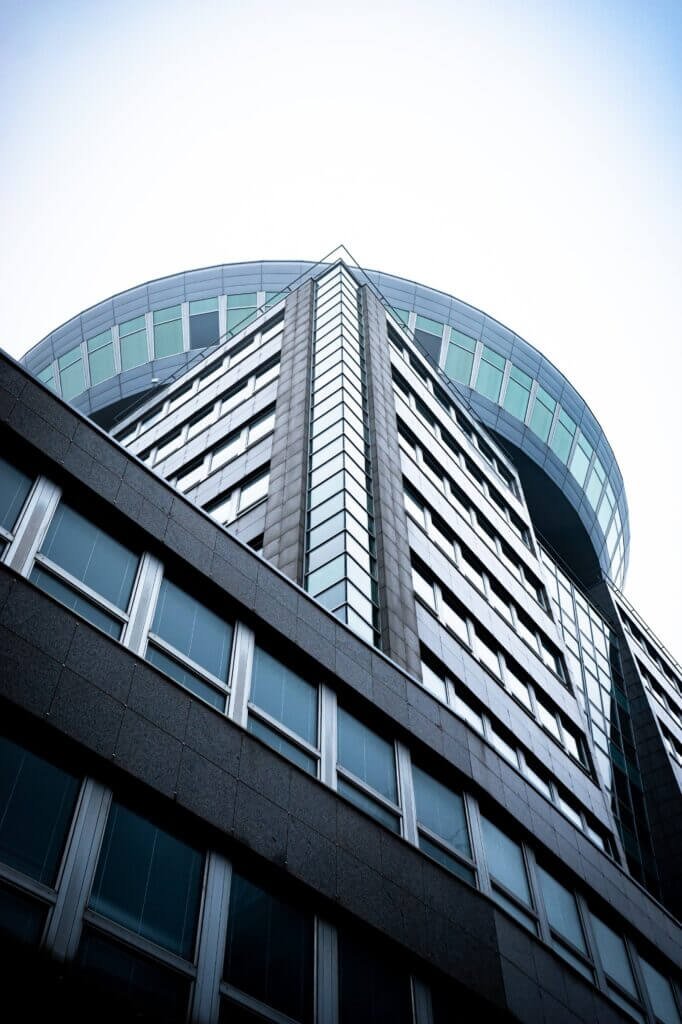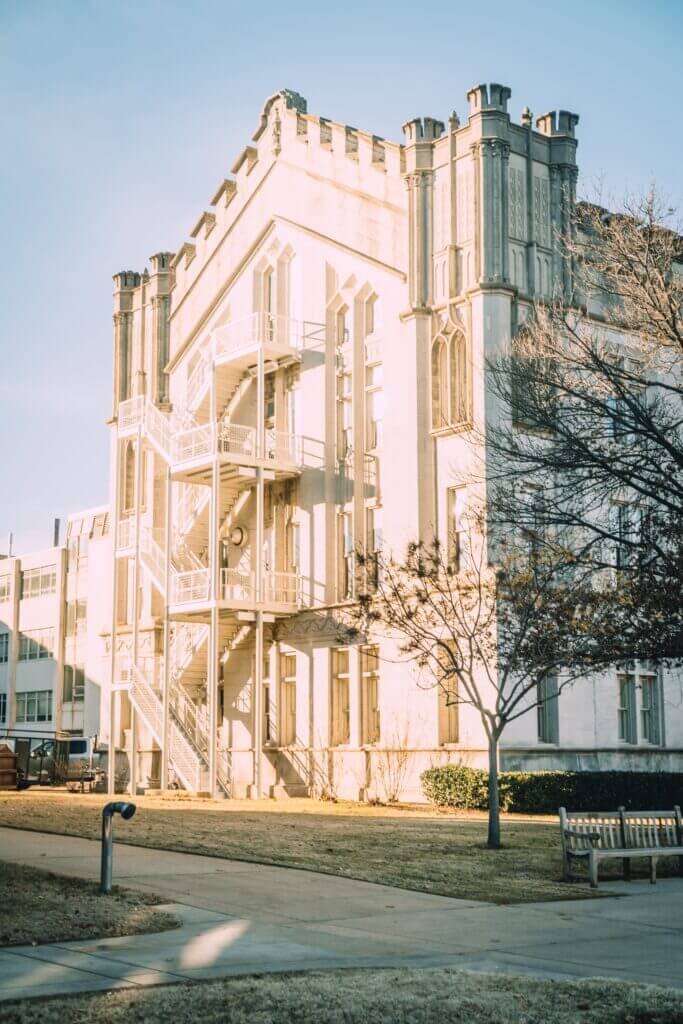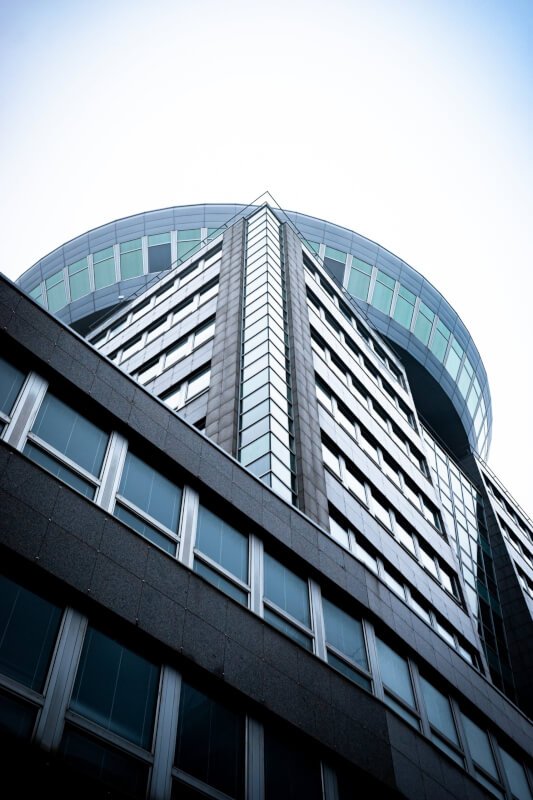Are you interested in starting your own urban garden but not sure how to choose the right containers? Urban gardening has become increasingly popular as people look for ways to bring greenery into their concrete jungle. While the concept is appealing, selecting the right containers can be a daunting task. With a variety of options available, it’s important to consider factors such as size, material, and drainage to ensure the success of your urban garden. In this article, we will explore different container options and provide tips on how to choose the perfect ones for your urban gardening needs. So, let’s dig in and get your urban garden flourishing!

Factors to Consider
Urban gardening is a great way to bring some greenery into your urban living space. Whether you have a small balcony or a rooftop garden, choosing the right containers for your plants is essential for their health and your gardening success. There are several factors you should consider when selecting containers, including size and space, drainage, material, weight, aesthetics, durability, cost, versatility, mobility, and environmental impact. Let’s explore these factors in more detail to help you choose the perfect containers for your urban garden.
Container Options
When it comes to container options for urban gardening, there is a wide variety to choose from. Each option has its own unique advantages and considerations. Let’s take a closer look at some popular container options:
Traditional Pots
Traditional pots are a classic choice for container gardening. They come in various sizes, shapes, and materials to suit your needs. Traditional pots are versatile and can be used for a wide range of plants, from small herbs to large flowering shrubs. They are typically made of materials like terracotta, plastic, or ceramic.
Vertical Gardens
If you have limited space, vertical gardens are an excellent option for maximizing your gardening area. These innovative containers allow you to grow plants vertically, using walls or structures as support. Vertical gardens are not only space-saving but also create a visually striking display of plants.
Window Boxes
Window boxes are an ideal choice for those with limited outdoor space. These containers can be easily mounted on windowsills or railings, allowing you to enjoy a mini garden right outside your window. Window boxes are perfect for growing small flowers, herbs, or even vegetables.
Hanging Baskets
Hanging baskets are a popular choice for adding a touch of greenery to balconies or porches. They can be easily suspended from hooks or brackets and provide an elevated display of cascading plants. Hanging baskets are great for trailing flowers or vines that add a beautiful aesthetic to your urban garden.
Raised Beds
If you have a larger urban gardening space, consider using raised beds. These containers are essentially large boxes raised off the ground, providing better access and convenience for planting, watering, and harvesting. Raised beds are suitable for growing a wide range of plants, from vegetables to flowers.
Grow Bags
Grow bags are a lightweight and affordable option for container gardening. Made of breathable fabric or plastic, these bags provide excellent drainage and promote healthier root growth. Grow bags are easy to move around and can be used for various plants, including fruits, vegetables, and ornamental plants.
Stackable Planters
Stackable planters are an innovative way to maximize vertical space in your urban garden. These containers allow you to stack multiple layers on top of each other, creating a tower of plants. Stackable planters are great for growing herbs, lettuce, or other small plants.
Self-Watering Containers
Self-watering containers are an excellent choice for those who have a busy lifestyle or may forget to water their plants regularly. These containers feature a reservoir that holds water, and the plants absorb water as needed through a wicking system. Self-watering containers are highly efficient and help prevent over or under watering.
Recycled Containers
For those looking for an eco-friendly option, using recycled containers is a great choice. You can repurpose items like old buckets, barrels, or even boots to create unique and sustainable planters for your urban garden. Not only does this reduce waste, but it adds a creative and personalized touch to your gardening space.
Innovative Containers
In addition to traditional options, there are many innovative containers available in the market. From vertical planters with built-in irrigation systems to modular planter kits that can be customized to fit any space, these modern containers offer unique solutions for urban gardening enthusiasts.

Size and Space
When choosing containers for your urban garden, it’s essential to consider the size and space requirements of your plants. Different plants have different growth habits and root systems, and selecting the appropriate container size will ensure their healthy development.
Consider Your Plants’ Needs
Each plant has specific space requirements based on its mature size and root growth. Larger plants need more room for their roots to spread, while smaller plants can thrive in smaller containers. Before selecting your containers, research the specific needs of the plants you want to grow to determine the appropriate container size.
Available Space
Urban gardening often comes with limited space, whether it’s a small balcony or a rooftop garden. Measure the available space you have for your containers and consider how many plants you want to grow. This will help you determine the number and size of containers that will fit in your urban gardening area.
Balcony vs. Rooftop Gardens
The type of space you have, whether it’s a balcony or a rooftop garden, will also influence the size and type of containers you choose. Balcony gardens may have limited weight capacity, so lightweight containers or hanging options might be more suitable. Rooftop gardens, on the other hand, may accommodate larger and heavier containers.
Vertical Gardening
If you have limited horizontal space, consider vertical gardening. Vertical gardens allow you to utilize walls or structures to grow plants vertically, saving valuable floor space. There are various vertical gardening systems available, including wall-mounted planters, hanging pockets, or trellises.
Drainage
Proper drainage is crucial for the health of your plants. When excess water cannot drain from the containers, it can lead to waterlogging, root rot, and other plant health issues. When selecting containers, consider the following factors related to drainage.
Importance of Drainage
Drainage is essential because it prevents water from accumulating at the bottom of the container. Excessive moisture can suffocate the roots and lead to root rot. Good drainage allows oxygen to reach the roots, promoting healthier plant growth.
Preventing Waterlogging
To prevent waterlogging, it’s vital to choose containers with adequate drainage. Avoid containers without drainage holes, as they tend to trap excess water. Opt for containers that have enough drainage holes in the bottom to allow water to escape freely.
Drainage Holes
Containers with drainage holes ensure that excess water can flow out freely. These holes can be in the form of pre-drilled holes, slots, or mesh-covered openings. Ensure that the drainage holes are of sufficient size to prevent clogging.
Self-Watering Systems
If you worry about over or under watering your plants, consider using self-watering containers. These containers feature a reservoir that stores water, and the plants’ roots absorb water through a wick or capillary action. Self-watering systems provide a consistent water supply and help prevent waterlogging.

Material
Container materials play a significant role in the overall performance and aesthetics of your urban garden. Various materials offer different advantages in terms of insulation, moisture retention, durability, and appearance.
Terracotta
Terracotta pots are a popular choice for container gardening. The porous nature of terracotta allows air and moisture to pass through, preventing waterlogging. Additionally, terracotta is a breathable material that helps regulate soil temperature. However, terracotta pots can be heavy, may break easily, and have a tendency to dry out quickly.
Plastic
Plastic containers are lightweight, affordable, and come in various sizes and designs. They are durable, easy to clean, and retain moisture well. However, plastic containers may not provide adequate insulation, and cheaper plastic options can degrade over time when exposed to sunlight.
Wood
Wooden containers add a natural and rustic charm to your urban garden. They provide excellent insulation, helping to regulate soil temperature and moisture levels. However, wood containers can be prone to rotting over time, especially if not properly treated or made from rot-resistant wood like cedar or redwood.
Metal
Metal containers, such as steel or aluminum, are durable and provide excellent insulation. They are resistant to rotting and offer a sleek and modern look to your urban garden. However, metal containers can heat up quickly under direct sunlight, potentially harming the roots of your plants. Consider using light-colored or insulated liners to mitigate heat buildup.
Concrete
Concrete containers are sturdy and durable, making them suitable for long-term use. They provide good insulation and stability, making them ideal for larger plants or trees. However, concrete can be heavy and challenging to move, so it’s essential to consider placement before filling them with soil.
Ceramic
Ceramic containers are known for their aesthetic appeal. They come in a wide range of colors, designs, and finishes, adding a decorative element to your urban garden. Ceramic provides good insulation and retains moisture well. However, ceramic pots can be fragile and may crack or break easily if mishandled or exposed to extreme temperature changes.
Fiberglass
Fiberglass containers are lightweight and durable. They can mimic the appearance of various materials, such as terracotta or stone, while offering the benefits of being lightweight and non-porous. Fiberglass containers are resistant to cracking or fading and are suitable for both indoor and outdoor use.
Fabric
Fabric containers, also known as grow bags, have gained popularity in recent years. They are made of breathable fabric that provides excellent drainage and prevents waterlogging. Fabric containers are lightweight and easy to move, making them ideal for small spaces. They are also foldable and easy to store when not in use.
Weight
Considering the weight of containers is crucial, especially if you plan to move your plants around or have weight restrictions in your urban gardening space. Different container materials and sizes can significantly impact the container’s weight.
Consider Weight Limits
Before choosing containers, check the weight limits of your balcony or rooftop. Incorporating the weight of the containers, soil, and plants, ensure that the total load doesn’t exceed these limits. Overloading the space can compromise safety and structural integrity.
Heavy vs. Lightweight Containers
Heavy containers, such as concrete or large ceramic pots, provide stability and are less prone to tipping over in strong winds. However, they can be challenging to move and rearrange in your urban garden. Lightweight containers, like plastic or fabric bags, are easier to transport but may require additional anchoring to prevent tipping.
Mobility Factors
If you anticipate moving your containers frequently, prioritize lightweight options or containers with wheels. Containers with built-in wheels or casters allow for easy maneuverability when it comes to repositioning your plants. This is especially beneficial if you need to follow the sun or rearrange your garden layout.
Aesthetics
The aesthetic appeal of your containers is an important consideration when creating an urban garden. Selecting containers that match your style and coordinate with the surroundings can enhance the overall visual impact of your garden.
Matching Your Style
Consider the overall style and theme you want to achieve in your urban garden. Whether you prefer a modern, rustic, or eclectic look, the containers you choose should align with that vision. Matching the colors, materials, and shapes of the containers with your personal style will create a cohesive and visually pleasing garden.
Colors and Finishes
Containers are available in a wide array of colors and finishes. Consider the color palette of your urban garden and choose containers that complement or contrast with the plants and surrounding environment. Vibrant colors can be bold and eye-catching, while neutral tones can provide an elegant and timeless look.
Coordinating with Surroundings
Pay attention to the existing elements in your urban gardening space, such as building facades, hardscapes, or furniture. Coordinate your containers with these surroundings, ensuring they harmonize with the overall aesthetic. For example, choose containers with similar materials or finishes as the adjacent structures to create a unified visual experience.
Durability
Selecting durable containers is essential for long-term gardening success. Containers that can withstand various weather conditions and resist cracking or breaking will ensure the longevity of your urban garden.
Longevity and Weather Resistance
Consider the durability of the materials used in the containers. Materials like metal, concrete, and fiberglass offer excellent weather resistance and can withstand harsh elements. These materials are less likely to fade, crack, or break, ensuring your containers can withstand the test of time.
Avoiding Cracking or Breaking
Some materials, like ceramics or terracotta, are more susceptible to cracking or breaking, especially when exposed to extreme temperature changes or accidental impacts. If using these materials, handle them with care and consider their placement to minimize potential damage.
UV Resistance
When selecting containers for outdoor urban gardening, especially in sunny areas, consider UV-resistant materials. UV rays can degrade certain materials over time, causing fading or deterioration. Look for containers specifically labeled as UV-resistant to ensure they can withstand prolonged exposure to sunlight.
Cost
Cost is an important factor to consider when choosing containers for your urban garden. Setting a budget and comparing costs can help you make informed decisions and find containers that fit your financial constraints.
Setting a Budget
Determine your budget for purchasing containers and allocate your funds accordingly. Consider the number of containers you need and the specific features or materials you prioritize. Setting a budget will help guide your selection process and prevent overspending.
Comparing Costs
Once you have set a budget, compare costs of different container options. Evaluate the prices of containers made from various materials, sizes, and styles. Take into account the durability and functionality of each option to ensure you’re getting the best value for your money.
Consider Long-Term Investment
While upfront costs may be a consideration, it’s important to consider the long-term investment in your urban garden. Higher quality containers made from durable materials may have a higher initial cost but can save you money in the long run, as they won’t need frequent replacement. Balancing cost with durability and functionality will help you make a wise investment decision.
Environmental Impact
Considering the environmental impact of your container choices aligns with sustainable and eco-friendly gardening practices. Choose containers that minimize waste, are made from sustainable materials, and have a low carbon footprint.
Sustainable Materials
Opt for containers made from environmentally friendly materials, such as recycled plastics, sustainably sourced wood, or natural fibers. These materials have a lower impact on the environment and reduce the demand for new resources. Supporting sustainable practices contributes to a healthier planet.
Recyclable Containers
Choose containers that can be recycled at the end of their lifespan. This promotes the circular economy and diverts waste from landfills. Look for containers made from materials that are easily recyclable, such as plastic or metal.
Eco-Friendly Production
Consider containers that are manufactured using eco-friendly production methods. Look for containers produced with reduced energy consumption, water usage, or waste generation. Supporting companies that prioritize eco-friendly production contributes to more sustainable gardening practices.
Carbon Footprint
Reducing your carbon footprint is crucial in combating climate change. Consider the transportation and manufacturing processes involved in producing and delivering your containers. Opting for locally sourced or locally manufactured containers can help minimize the carbon emissions associated with long-distance transportation.
By carefully considering factors such as size and space, drainage, material, weight, aesthetics, durability, cost, versatility, mobility, and environmental impact, you can select the perfect containers for your urban garden. These considerations will ensure optimal growing conditions for your plants and create a beautiful and sustainable urban oasis. Happy gardening!


